Your vital organs—screened
Scan your body for potential cancer and 500+ conditions in up to 13 organs.




Our scan is designed to










"A large part of the credit for this great prognosis goes to early detection: given that the tumor was found so early, it was easier to remove surgically, and any spread is unlikely"

Most people diagnosed with cancer twice can’t say cancer and lucky in the same sentence. I'm so thankful to have caught these cancers early.


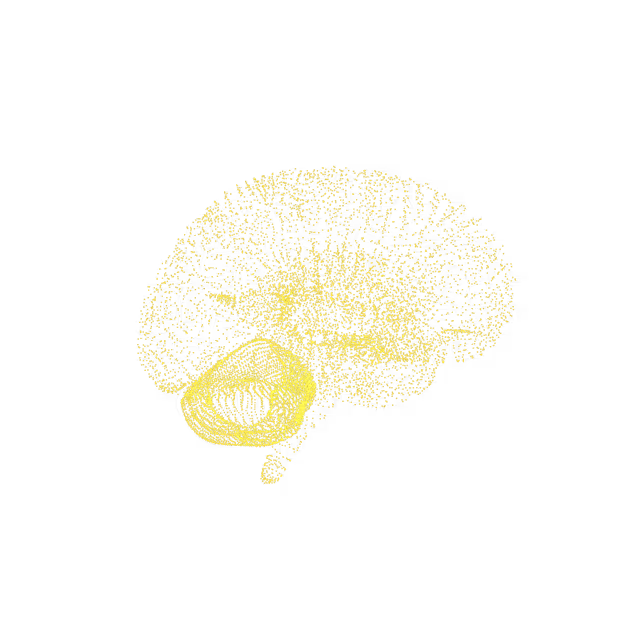
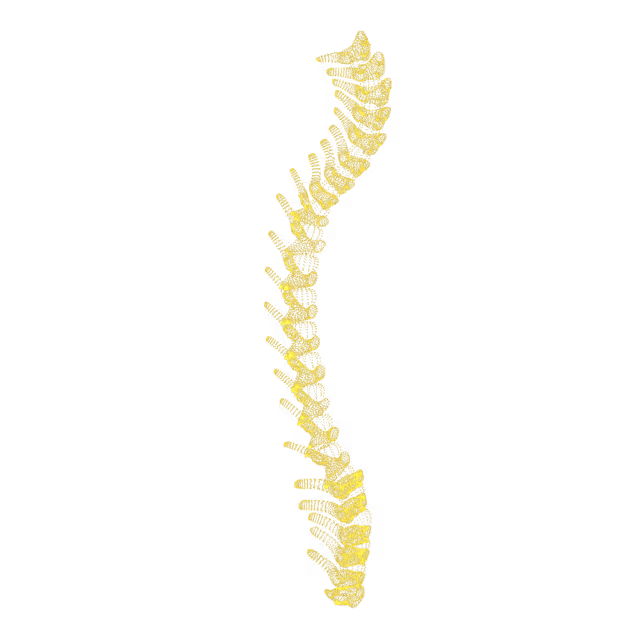
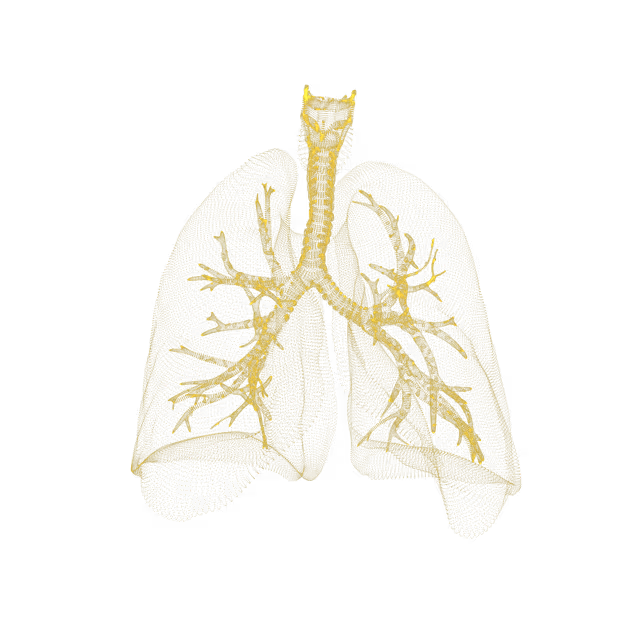
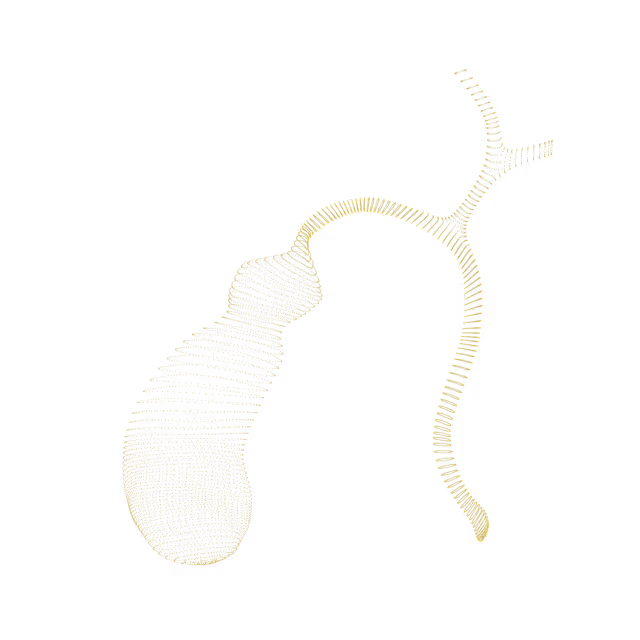
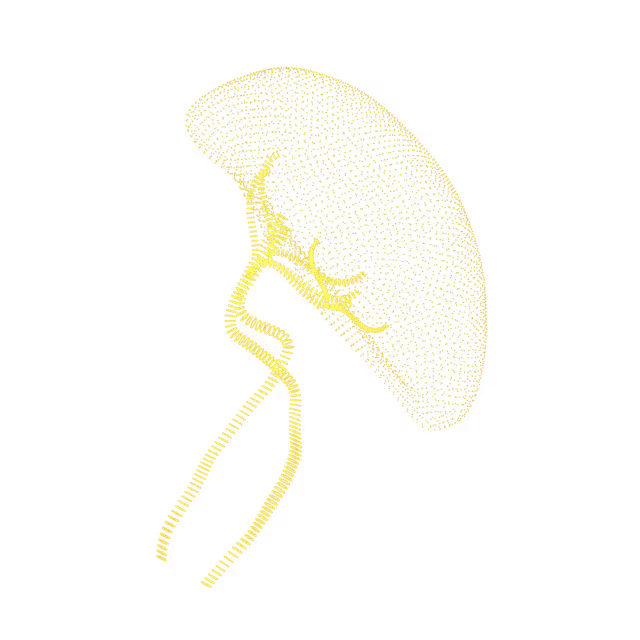
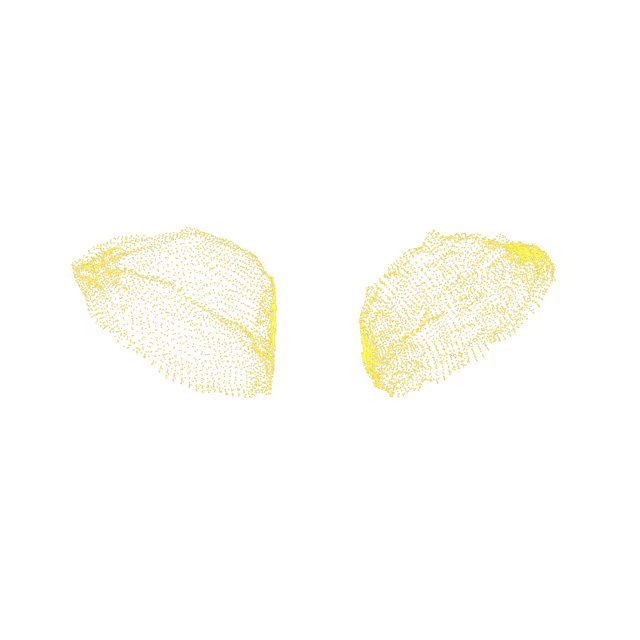
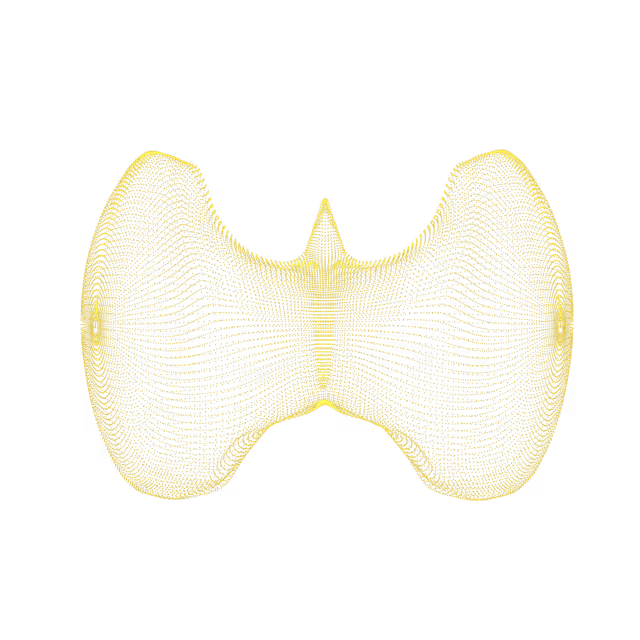
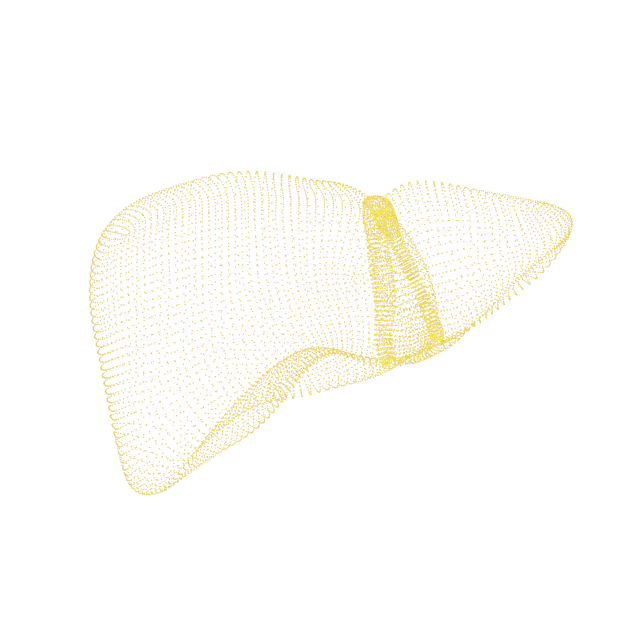
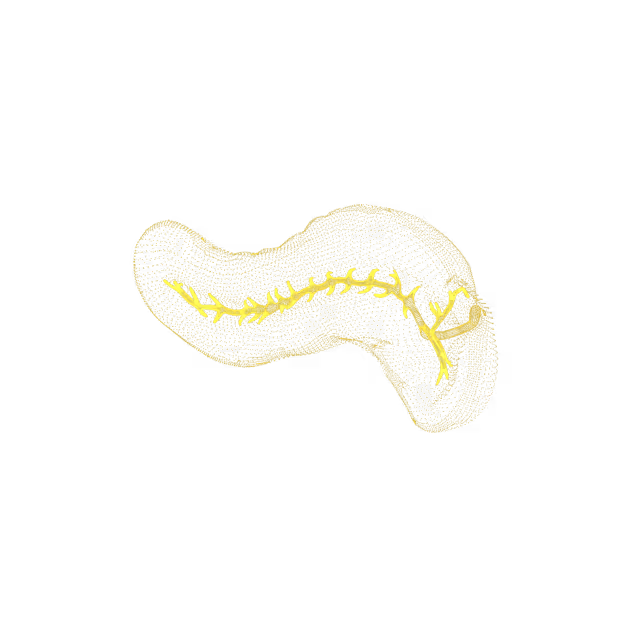
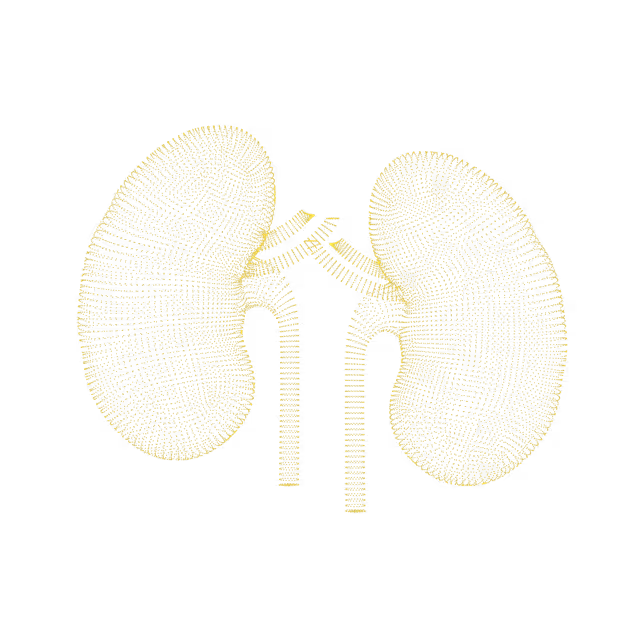
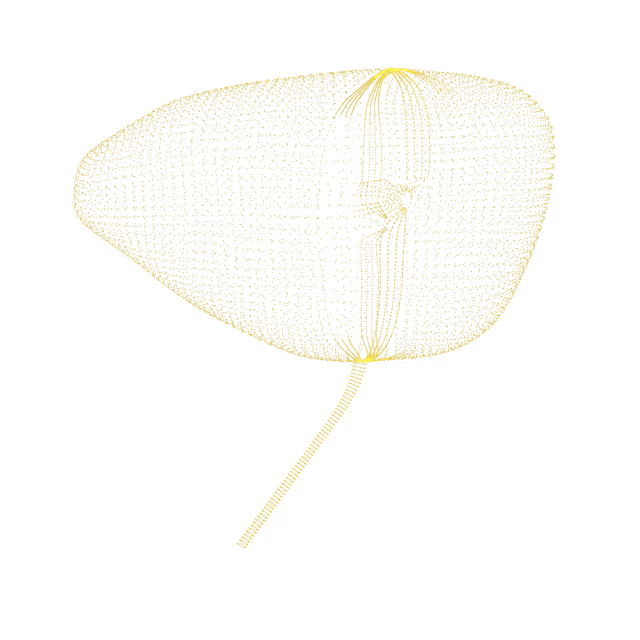
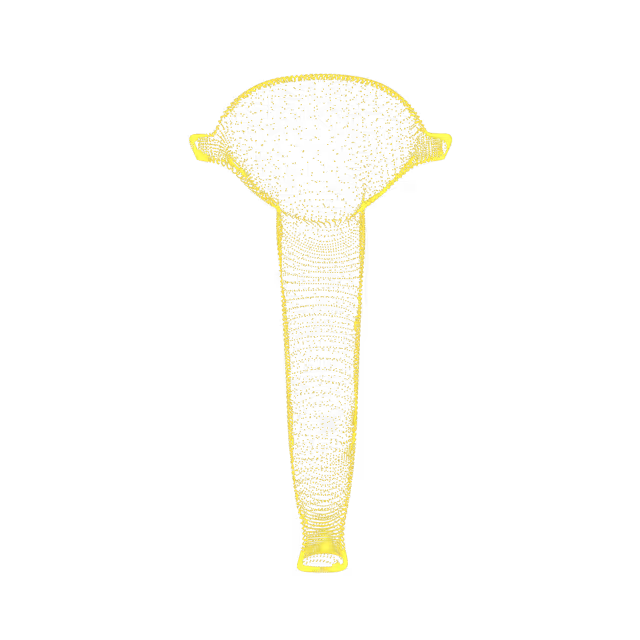
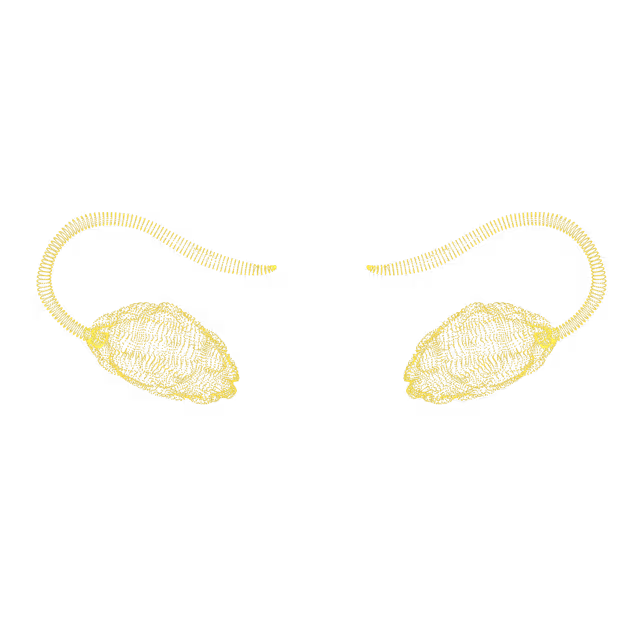
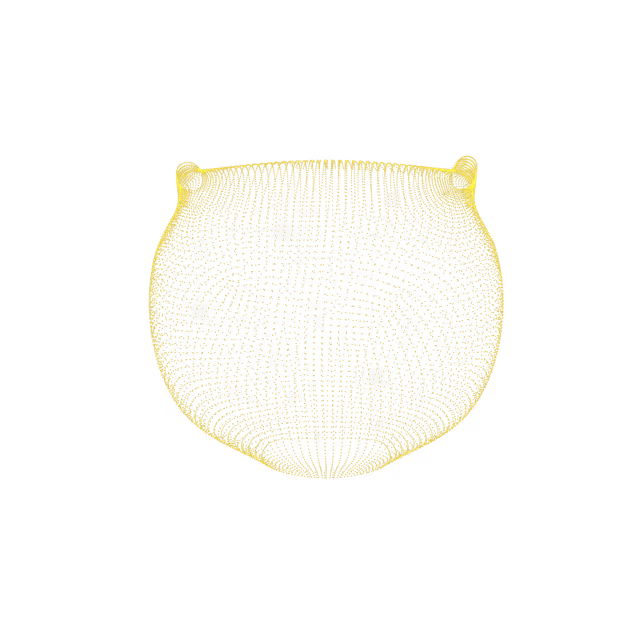

The pituitary gland is a small gland that sits in the sella turcica, a saddle-shaped depression located in the bone at the base of the skull. It produces hormones that control many different processes in the body, including metabolism, growth and reproduction. “Exophytic” is a term describing abnormal growth outside the usual anatomic boundaries.
The temporomandibular joint (TMJ) is the jaw joint, located in front of each ear. The joint acts like a sliding hinge, connecting the jawbone to the skull. TMJ problems can involve the joint and the surrounding muscles. The cause of TMJ degenerative changes can include past trauma, poor posture and/or bruxism (clenched/grinding teeth).
A sinus lesion is an abnormality seen on a sinus-imaging test A sinus lesion may involve small to large areas of your sinuses, and the severity of the underlying condition may range from relatively minor to life-threatening. These lesions will need further work up to for a diagnosis.
Retention cysts are small soft tissue growths that commonly occur on mucus surfaces in the body.
Mastoiditis is an infection of the mastoid bone of the skull. The mastoid bone is located just behind the ear.
Lymphoma is a cancer starting in immune system cells called lymphocytes. They can occur in the paranasal sinuses and are the third most common cancer found in this area.
Lymphoma is a cancer starting in immune system cells called lymphocytes. They can occur in the nasal cavity and are the third most common cancer found in this area.
This is sinusitis of all your sinuses. Sinusitis is an inflammation of the tissues in your sinuses (spaces in your forehead, cheeks and nose usually filled with air). It causes facial pain, a stuffy or runny nose, and sometimes a fever and other symptoms. It’s usually caused by the common cold, but other viruses, bacteria, fungi and allergies can also cause sinusitis.
The pancreas is a long, flat gland that sits tucked behind the stomach in the upper abdomen. Its main function is to produce enzymes that help with digestion and hormones that help regulate the way the body processes sugar. Intraductal papillary mucinous neoplasm (IPMN) is a precancerous lesion of the pancreas with risk of developing into cancer over time.
A neoplasm (also called a tumor) refers to an abnormal mass of tissue that forms when cells grow and divide more than they should or do not die when they should. A pancreatic neoplasm or tumor is a massthat forms in the cells of the pancreas. The two main types of pancreatic tumors are pancreatic exocrine tumors and pancreatic neuroendocrine tumors.


© 2025 Ezra